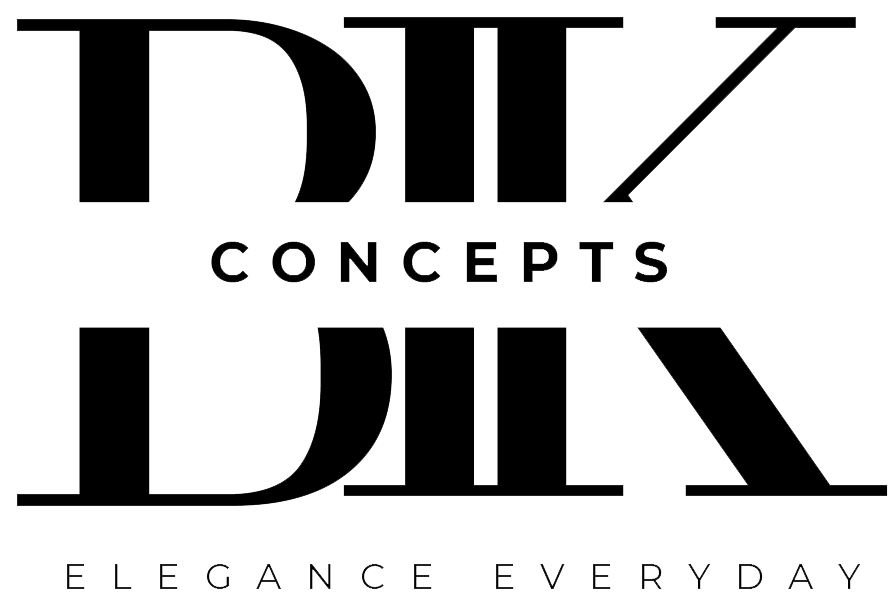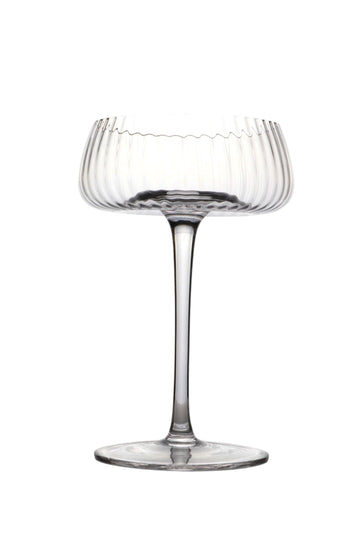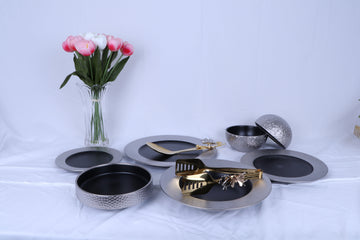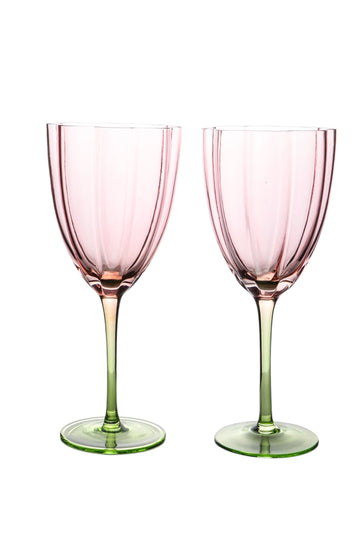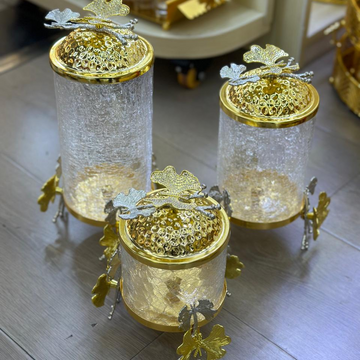Buffet organization creates benefits beyond sensory appeal since it controls guest flow and protects dish temperatures while determining the entire dining ambiance. A step-by-step instruction guide will show you how to prepare a buffet table with chafing dishes starting from the initial room layout drawings all through to complete cleanup while guaranteeing seamless movement and preserving delicious meal quality for all guests.
The first step involves determining both the guest numbers and dietary restrictions.
Always verify the expected guest numbers and their dietary requirements prior to taking out any cooking pans. Given ten vegetarian guests out of sixty total attendees it becomes necessary to place a vegetarian entrée early in the food line. Precise count information lets you determine the optimal pan sizes and necessary fuel quantities which prevents running out of food or ending up with wasted trays of food.
Map the Buffet Flow on Paper
Use a drawing to indicate all entry points in the room along with a planned single-direction path which leads guests through plates before leading to salad then entrées and ends at flatware and napkins with condiments. Dessert and beverage sections should operate from their own distinct area to control line congestion. Organizing a plan ahead of time will prevent any last-minute uncertainty about what equipment to order since it determines proper chafing set requirements.
The selection of appropriate chafing dishes with reliable fuel supply remains essential.
Your business needs equipment that perfectly matches each case. Main courses require full-size eight-quart frames and sides and sauces need half-size inserts. High-traffic stainless steel frames combine with roll-top lids that prevent heat loss without requiring loose covering arrangement. The stable temperature of 140 °F is maintained by fuel such as gel or wick cans which function for two hours. Each full pan needs two cans as heat distributors while additional heat sources should stay hidden under the table for replacement purposes.
Select Table Linens and Decor That Support Heat
A flame-retardant cloth that extends to the floor should be used to conceal backup supplies while also protecting fuel cans from sight. Place a heat-resistant mat down the center to prevent heat drips. All burner tops should stay clear since low floral arrangements and menu cards on stands improve the setup without affecting ventilation.
Build a Stable Foundation
Test the table for wobble. The water pans may release a dangerous quantity of steam when they shift because of even a minor table slope. Sharp-cornered non-slip pads should go under each frame structure and linen clips should stabilize the fabric to prevent wind or jostling from moving the fabric. Outside placement of the buffet should align with prevailing wind direction to allow steady flame burn.
Organize Chafing Dishes by placing them for easy visibility and accessibility
Keep high containers placed in the back section while arranging lower vessels toward the front where people can view everything easily. Place a minimum distance of six inches between chafing frames when using spoons and tongs. Stack handles along the side of the buffet far from circulation to protect users from burns as they reach for serving tools. The food service area should be properly organized with clear serving tools while clear signage should be displayed.
When users quickly locate the correct tool all line wait times become eliminated. Before each dish, set individual spoons and tongs because combining serving tools spreads harmful allergens and unwanted taste between servings. Restaurant guests can move smoothly through the dining area by using tent cards that display dish names together with gluten-free and nut-related tags.
Light Fuel and Manage Heat Safely
1. Hot tap water should be added to the water pans before igniting them because exposure to cold water causes heat loss in food.
2. Photo of a worker slides a fuel can through a holder while using a long lighter to avoid finger contact.
3. Wick height should be regulated to achieve a soft blue flame instead of a burning open flame.
4. A snuffer cap needs to be prepared for immediate use to extinguish steam cans before replacing food pans during refilling operations.
Protective fire-retardant mats appear under each holder combined with a probe thermometer which should be used by a single staff member to monitor temperatures every thirty minutes.
Maintain Food Quality Throughout Service
Replace your entire backup pans from the kitchen rather than adding liquid to partially empty pans because layer mixing will create disorganized food appearance and temperature reduction. The roll-top lids maintain steam inside while letting users access the contents quickly. The immediate replacement of pan and fuel is required when the temperature of any food item falls below 140 °F.
Eco-Friendly Buffet Tips
Replace single-use plates with both durable and eco-friendly bamboo plates and long-lasting melamine items that can be refilled for reuse. Ethanol-based burners present better clean emissions than methanol-based burners and all used cans should be recycled after cooling. The minimal changes lead to waste reduction without compromising visual appeal.
Post-Event Break-Down and Storage
After removing flame with snuff the food pans will require a ten-minute cooling period before draining their contents. Rapid chilling of leftovers should occur in shallow metal containers while frames along with lids and water pans need cleaning with mild detergent before storage. Thorough drying will prevent rust while soft cloth separates lids and a dry cabinet maintains everything for next-event readiness.
Confidence and Preparation
The successful operation of buffet service with chafing dishes requires careful execution through thoughtful organization alongside precise techniques coupled with imaginative touch. Your ability to understand customer needs while planning movements, choosing excellent equipment and controlling heat safety leads to visually pleasing food which remains hot throughout the meal. Implement these methods during your upcoming gathering to achieve buffet operations with smooth flow and praise along the way.
